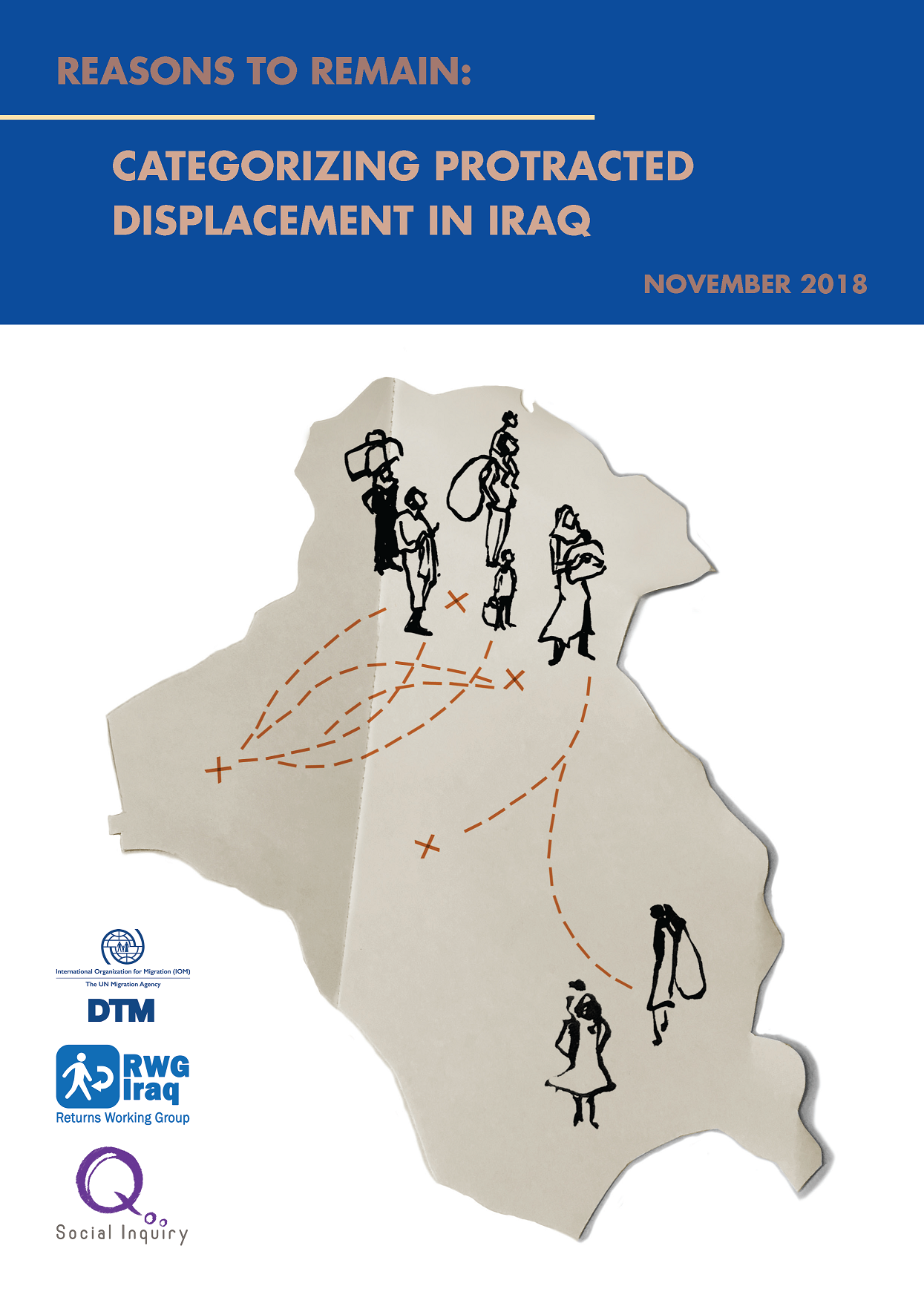Categorizing Protracted Displacement in Iraq
As the ISIL conflict ceased across Iraq, conflict-affected areas in the country experienced an uptick in returns of their internally displaced populations. The pace of this return, however, appears to be slowing, leaving the populations who still remain behind either in, or at risk of, protracted internal displacement.
Protracted displacement is generally described as a condition in which internally displaced persons (IDPs) are unable to progress toward finding a resolution to their displacement. In Iraq, there are broad sets of non-exclusive and often overlapping reasons explaining why certain IDPs remain in displacement.
The International Organization for Migration’s (IOM) Displacement Tracking Matrix (DTM) Unit, the Returns Working Group (RWG), and Social Inquiry, with input and support from the Ministry of Migration and Displacement (MoMD) within the Federal Government of Iraq, have conducted an in-depth analysis of existing large-scale datasets to build a categorization framework for protracted displacement as the basis for future study, monitoring and policy development in relation to the resolution of internal displacement across all populations affected by the ISIL conflict in Iraq, in a manner that is rights-based and in line with international standards.
The five reasons for continued displacement that emerged here are categorized around obstacles relating to housing, livelihoods and basic services, social cohesion, security, and mental health issues and psycho-social distress. These findings are explored in detail in this report.
